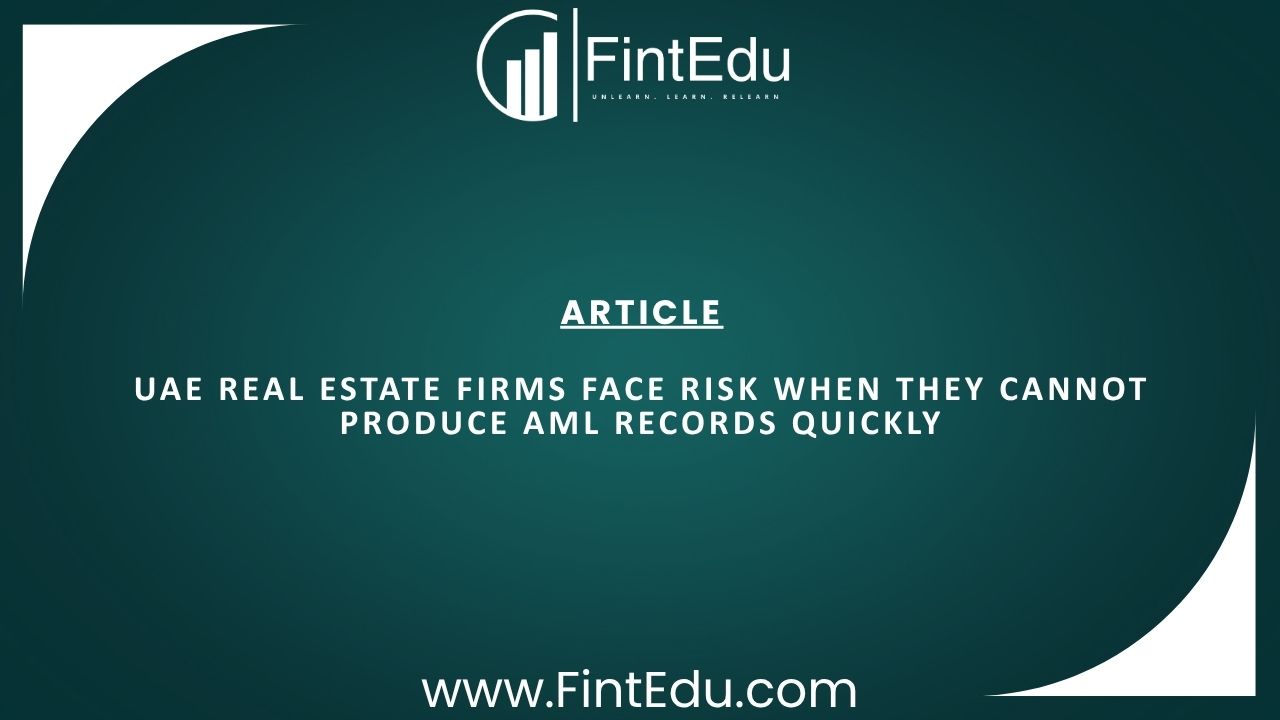LISTEN TO THIS ARTICLE
The UAE recently issued a detailed Guide on Business Restructuring Relief under the Corporate Tax Law (CT Law). In this write-up, we have analyzed the guidelines in brief to provide an overview of the relief, the qualifying transactions, the eligibility conditions and the clawback provisions.
Qualifying Transactions
Business Restructuring Relief offers a means to eliminate the corporate tax impact of certain qualifying transactions. The relief encompasses two primary categories of transactions:
- Transfer of entire business or part thereof (Article 27(1)(a)): This category involves the transfer of either an entire business or an independent segment thereof from one taxable person to another. For instance, conversion of a sole proprietorship concern into an incorporated entity or a merger, demerger or a hive down transaction where the transferor continues to exist.
- Transfer resulting in the cessation of transferor's existence (Article 27(1)(b)): In this scenario, one or more taxable persons transfer their entire business to another entity, leading to the cessation of existence of the transferor(s).
However, certain transactions are not eligible for this relief, though they may be eligible for any other relief under the CT Law:
- liquidation of a taxable person where assets or liabilities are transferred to another taxable person;
- merger of a subsidiary into its parent company without subsequent liquidation, leading to the dissolution of the subsidiary under law and cancellation of its shares; or
- transfer of a business to / by a wholly owned subsidiary without issuing shares or other ownership interests.
Consideration for Transfer:
Business Restructuring Relief typically requires a consideration for the transfer except in situations where an unincorporated partnership is treated as a taxable person.
The consideration may be received by the transferor or a person with a 50% or more ownership interest in the transferor. This includes shareholders of the transferor, who can be natural persons, not engaged in business, or foreign companies without UAE establishments.
The consideration may be issued by a transferee or a person with at least a 50% ownership interest in the transferee.
Further, the consideration should be settled in the form of shares or other ownership interests (i.e., any equity or similar interest that carries rights to profits and liquidation proceeds). For example, ownership interest includes ordinary, preferred or redeemable shares, membership and partner interests as well as Islamic Financial Instruments. Other forms of consideration may also be accepted if their market value meets certain criteria.
Conditions for Relief:
Several conditions must be satisfied for the Business Restructuring Relief to apply:
- The transfer must comply with applicable UAE legislations, not limited to the CT Law and have valid commercial or non-fiscal reasons reflecting economic reality.
- Both the transferor and transferee must be UAE resident or have a permanent establishment in the UAE.
- Neither party should be considered as an Exempt Person a Qualifying Free Zone Person under the CT Law.
- The financial years of both parties should align and they should adopt the same accounting standards.
Interestingly, there is no condition in respect of the ownership of the transferor or the transferee.
Clawback Provision:
To prevent misuse, the relief includes a clawback provision. If the transferee disposes of the transferred business within two years or if there are changes in the ownership of the transferor or transferee, the relief may be revoked.
Conclusion:
The issue of these guidelines has been lauded by the stakeholders as it is quite detailed and covers various scenarios of restructuring.
Besides, there are many reliefs available to a taxpayer under the UAE CT Law and may differ for each tax year. Hence, it is important to understand the nature of each relief and evaluate the tax benefits available under of them.
Disclaimer: Content posted is for informational and knowledge sharing purposes only, and is not intended to be a substitute for professional advice related to tax, finance or accounting. The view/interpretation of the publisher is based on the available Law, guidelines and information. Each reader should take due professional care before you act after reading the contents of that article/post. No warranty whatsoever is made that any of the articles are accurate and is not intended to provide, and should not be relied on for tax or accounting advice.
Contributor
Related Posts

Oman, 29 October, 2025 : Oman’s Tax Authority has postponed the rollout of Digital Tax Stamps...
Read More
@@PLUGINFILE@@/ttsmaker-file-2025-10-27-12-26-39.mp3Listen to This ArticleA Major AML Compliance Gap...
Read More
@@PLUGINFILE@@/ttsmaker-file-2025-10-27-12-24-50.mp3Listen to this ArticleIn the United Arab Emirate...
Read More